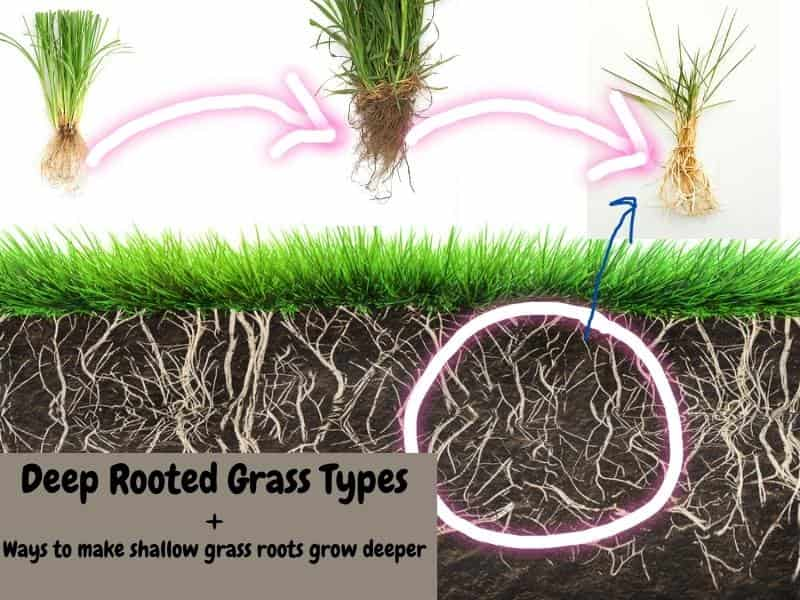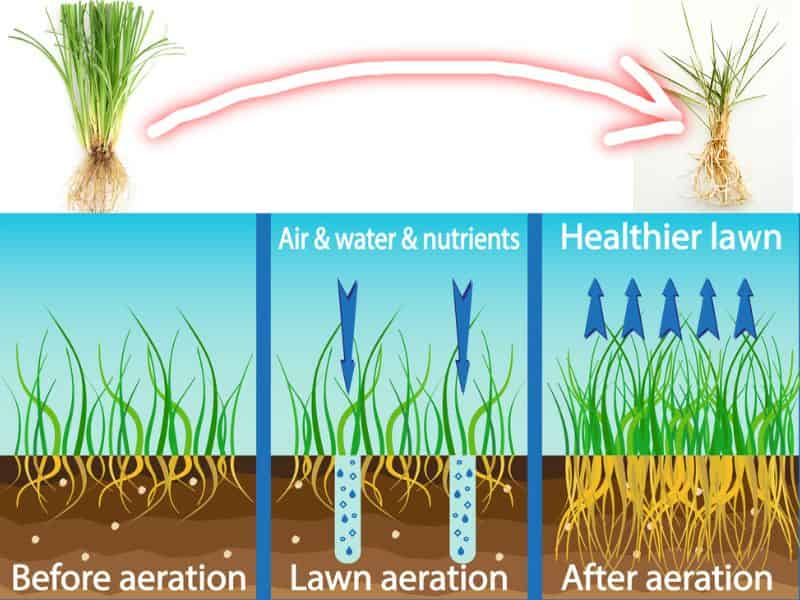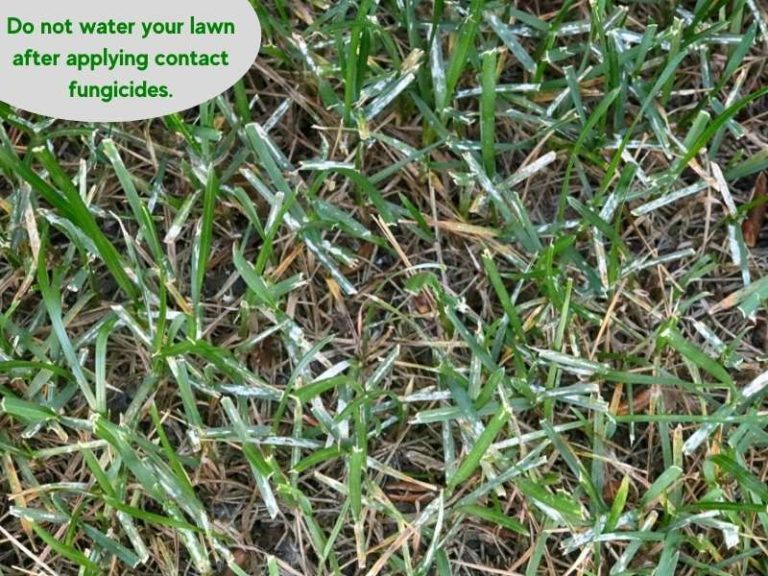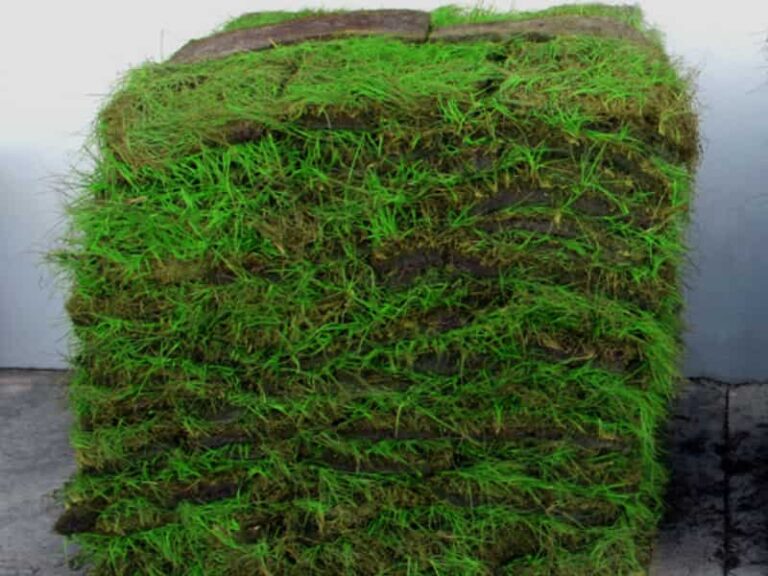3 Deep Rooted Grass Types
Deep-rooted grasses are known to withstand stresses such as drought and diseases. It is a great adaptation you want to know when establishing a lawn suitable for your type of soil, climate, and other challenges. The depth of the roots influences how much and how often to water the lawn and how tall the grass will grow before you mow it.
Types of deep-rooted grass
Common bermudagrass, also called Cynodon dactylon, has the most profound root system in turfgrass species. It has deep fibrous, perennial roots extending to 8 feet deep in the ground. Common bermudagrass thrives in well-drained and fertile soils like deep sands and heavy clay.
Zoysia
Zoysiagrass has moderately deep roots extending to 2 feet inches deep into the soil under mowing conditions. Zoysiagrass is adapted to thrive in all types of well-drained soils.
Buffalo grass
Buffalograss has fibrous roots can extend up to 3 feet deep into the soil. It thrives in all types of well-drained soils except sandy soils.
St. Augustine grass
St. Augustinegrass tolerates all types of well-drained fertile soils and has a fibrous root system that grows to more than 6 inches in the soil.
Most warm-season grasses have deep roots for drought tolerance to survive the hot, dry conditions they grow in. Cool-season grasses have moderately deep roots between 2 and 6 inches; hence cannot tolerate dry conditions.
Benefits of planting deep-rooted grass species
Most warm-season grasses have deep roots, and they dominate Southern U.S.A and other subtropical regions. These species thrive in hot weather conditions because their deep roots form a self-defensive mechanism towards unfavorable conditions like hot weather and less water. Deep roots are essential to warm-season grasses as they help them in the following ways:
Improved drought resistance
Deep roots spread and penetrate the water table to draw water to sustain the turfgrass. When drought comes, the roots draw more water from the table to perform everyday functions. If the roots were shallow, they wouldn’t penetrate deep into the soil to draw more water to sustain the turf. Hence, deep-rooted grass will survive in dry conditions.
Deep-rooted grasses thrive in extreme temperatures because they have water and lose less of it to the surrounding through respiration.
Deeply rooted grasses are also more resistant to diseases as they produce healthier turf blades that are less susceptible to infections.
Erosion control
Loose soils are more susceptible to soil erosion because strong winds and running rainwater can easily carry them away. Deep roots hold the soil particles together, making them more compact. Compact soils are not easily carried away by rainwater or strong winds. Therefore, deep roots help to reduce soil erosion.
Less water consumption
Shallow-rooted grasses usually need water frequently as their roots cannot draw more water from the soil water table. However, deep-rooted grasses can penetrate deep into the soil to draw more water, even in arid weather conditions.
Because they can draw their water from the soil, they don’t need frequent watering or irrigation. Less water requirement reduces the time and effort you use watering the lawn often.
Efficient nutrient uptake
Some mineral salts are found deep into the soil, and grass roots must be deep to obtain them. Sometimes, fast-release fertilizers are leached deep into the soil and can only be obtained by deep roots.
If the grass roots are deep, they can absorb mineral salts and leached nutrients found deep in the soil.
Deep roots promote a thick turf
Deep roots promote the growth of thicker, healthier turfgrass since the roots can uptake essential water, nutrients, and mineral salts deep in the soil for their growth.
Deeper roots also enable the turfgrass to withstand dry weather conditions and are less susceptible to diseases, unlike shallow roots, which are more vulnerable to diseases.
Healthier and more dense turfgrasses have deeper roots.

How to make shallow grass roots grow deeper
Shallow-rooted turfgrasses are more susceptible to diseases and produce thinner blades because they don’t get enough nutrients and water for healthy growth. You waste much time and effort watering the turf often. Growing deeper roots is the best solution to keep your turf healthier, prevent disease infestation, withstand dry weather conditions, and reduce time and effort to maintain shallow-rooted turfgrass.
1. Water the lawn deeply but infrequently, between 4 to 6 inches
Watering a lawn frequently doesn’t necessarily mean healthy turf with deeper roots. Watering the lawn deeply, between 4 and 6 inches of water, into the soil is the best practice for growing deeper roots for healthy turfgrass. When you water deeply, you allow the soil roots to get more water essential for growing deeper roots and staying moist.
While watering deeply encourages more profound grassroots growth, don’t overwater the soil as it may cause fungal diseases such as root rot. Watering should be done at the right time to ensure the turf uses most of the water for growth. Water early in the morning, between 4 am and 8 am, to allow the turf to use the water during the day. Watering in the evening or dark is not advisable because it encourages diseases and fungal infections.
Water deeply but infrequently; add water when the topsoil is dry, and turf has shown signs such as wilting. Putting up a technological irrigation system will be more efficient in determining the amount of water turfgrass needs depending on the weather conditions.
2. Mow higher between 3 and 4 inches
Mowing frequently at lower heights encourages shallow roots that are more susceptible to diseases and wear and cannot stand drought.
Mow grasses at higher heights to encourage them to grow deeper. This doesn’t mean you leave the turfgrass to grow longer than the maximum height, so you can cut it to remain taller, but cutting lesser than the expected size when mowing while observing the 1/3 mowing rule.
The higher the mowing height, the deeper the grassroots. However, some grasses, such as improved bermudagrass and centipedegrass, should be mowed at a lower height as they thrive when mowed lower.
Mow other warm-season grasses, tall fescue, and ryegrass higher, 3 to 4 inches tall, to stimulate their roots to grow deeper.
3. Incorporate compost in clay soils
Clay soils have a good water-holding capacity because they have small, close particles. While good water retention capacity holds more water for the soil, the close particles make the soil more compact, thus allowing less oxygen to penetrate the soil. Oxygen is essential for grassroots growth, and when oxygen is less supplied, grassroots grow shallow.
Add compost organic matter into clay soils for more nutrients and loosen it, allowing more oxygen to penetrate to grow deeper roots.
4. Aerate the lawn
Heavy traffic and regular use of lawn compact the soil over time, thus allowing less oxygen to enter for the growth of roots and survival of soil microorganisms.

Aerate the lawn soil using a core aerator to allow more oxygen to penetrate, hence encouraging roots to grow and extend deeper into the soil. Be sure to aerate at the right time using the correct methods.
5. Apply slow-release fertilizers
Fast-release fertilizers are cheap and release all nutrients faster. Since most fast-release fertilizers have a high salt content, the salts are usually easily leached deep into the soil, with a more considerable percentage not being used by the turf for growth.
Conversely, slow-release fertilizers release all nutrients to the plant slowly and aren’t easily leached away. This makes the grass absorb and utilize all the nutrients supplied. When the grass gets the nutrients it needs for growth, it will grow healthier, deeper roots.
Instead of applying fast-release fertilizers, add slow-release fertilizers for maximum use, thereby growing deeper, stronger roots.
6. Remove excess thatch from the lawn
Thick layers of thatch on the lawn limit the turfs’ ability to absorb more water, fertilizers, and air to the root, which is essential for growth and development. When the turf receives insufficient water and air, it cannot grow deeper roots. Thick thatch also creates a breeding ground for pests and can cause diseases.
As a rule of thumb, a thatch layer should be ½ an inch thick. Thick thatches are more than ½ to ¾ of an inch.
Remove thick thatch on the lawn to allow more air, water, and fertilizers to penetrate and grow stronger, deeper roots.
Does taller grass mean deeper roots?
Taller grasses have deeper roots and are more resistant to environmental stresses like diseases and drought. Most warm-season grasses have deep roots to survive the dry summers and drought conditions, while cold-season grasses have less deep roots that cannot stand drought or hot weather.
When grass has deeper roots, it grows taller because it can obtain essential water, nutrients, and mineral salts deep in the soil for its growth and development.
Reference
- Richard L. Duble, Turfgrass Specialist Texas Cooperative Extension: Bufallograss.





